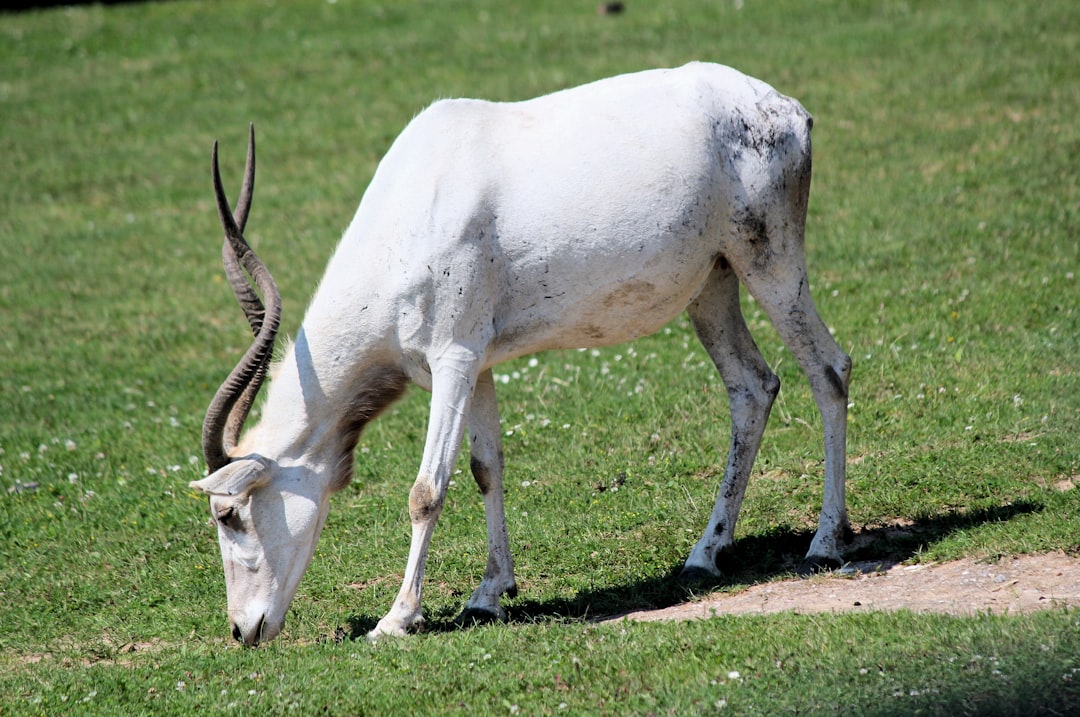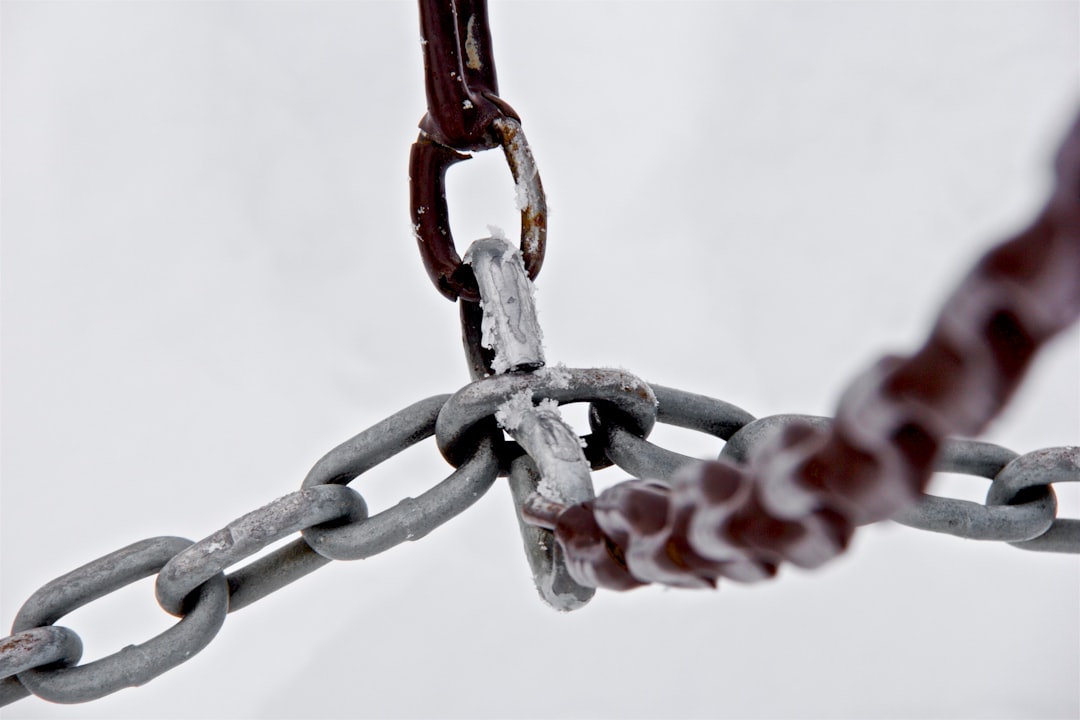What is it about?
Plants may invest relatively strongly in leaves, stems or roots, but not in all organs, Here we first analyse how the environment affects biomass allocation, by calculating dose-reponse curves for 12 environmental variables. Second, we quantitatively analyse differences in allocation among different species, by means of meta-analysis.
Featured Image

Photo by freestocks on Unsplash
Why is it important?
Nutrient availability strongly affect biomass allocation, followed by light and temperature. Most other environmental variables only have a marginal effect. Grasses do have a higher fraction of biomass in roots than deciduous herbaceous species, whereas woody gymnosperms have a higher allocation to leaves than woody angiosperms.
Perspectives
What I liked about writing this paper was that it placed plant performance in a wider context for me, and showed how plants could play with allocation to adjust to their (a-)biotic environment. Even though we later showed that the difference in allocation between gymnosperms and angiosperms more likely is a difference between deciduous and evergreen species.
Dr Hendrik Poorter
Zentralbibliothek Forschungszentrum Julich
Plants generally need both leaves, stems and roots, but how much they invest in each of these organs is an interesting challenge.
Hendrik Poorter
Forschungszentrum Jülich
Read the Original
This page is a summary of: Biomass allocation to leaves, stems and roots: meta-analyses of interspecific variation and environmental control, New Phytologist, November 2011, Wiley,
DOI: 10.1111/j.1469-8137.2011.03952.x.
You can read the full text:
Contributors
The following have contributed to this page










